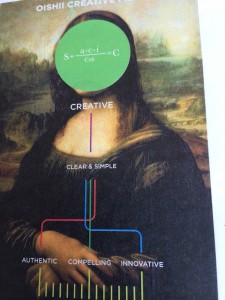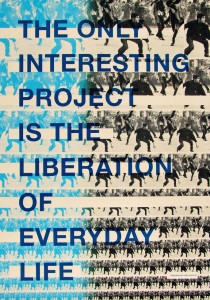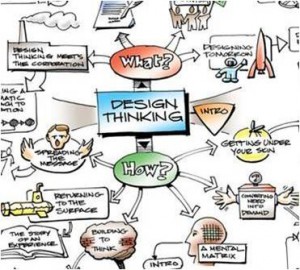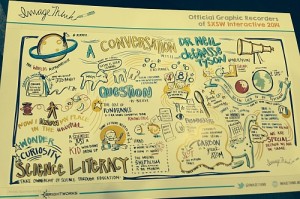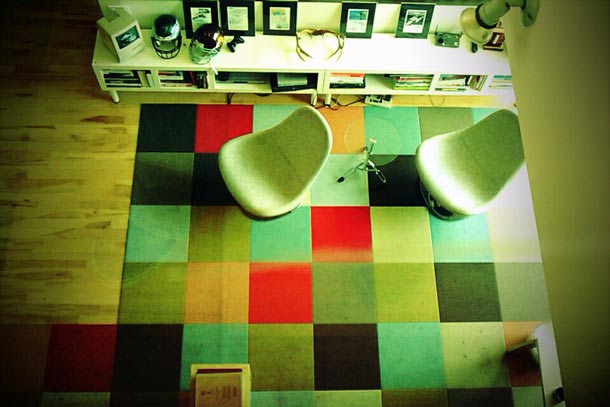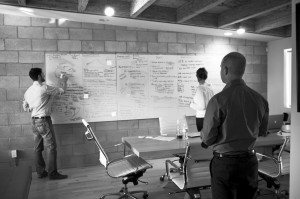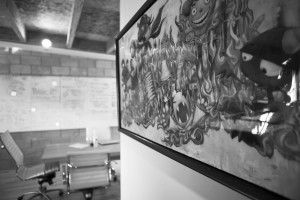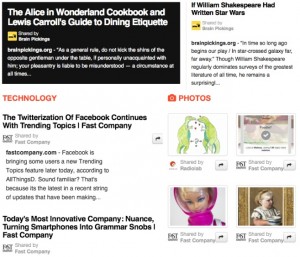We read a recent Fast Co.Create piece by Leif Abraham, partner at Prehype, a New York-based venture development firm creating new digital products and companies together with startups and bigger corporations. In “Spike and Die: Why Products Created By Ad Agencies Fail,” he argues that the current culture and agency business models just aren’t conducive to real product innovation. Namely, that agencies trying to do product work typically treat the production of an app or product in the same way they treat the production of a TV spot.
Abraham says this has two effects:
1. It’s a torch relay
Just like in a TV production, each person finishes his or her work first, before the next one starts. That means the designer completely designs the app before the developer even starts to code anything. Though this can sometimes work, it also bears some risks, such as the developer finding mistakes in the design at a very late phase in the process.
2. An ad agency is not set up to maintain
In a campaign process, people are used to making some thing, put it out there and then never touch it again. This does not work with products, because they need on-going maintenance and a dedicated team to further develop it and deliver support.
As a result, product-like launches coming out of agencies don’t have long-term plans — or budgets — in place to maintain and sustain them.
Abraham further offers a few suggestions for how an agency could become a real player in the world of product innovation. Agencies should treat product development more like the founding of a new company — acting like a startup — versus treating it like another project. This inevitably marries the creation process with the business side of things. And both agency and client are equally invested in the long-term success of the product. To quote Abraham, “…if, as an agency, you believe in and enforce the rule of ‘my success is your success,’ you will have an interest in things running efficiently as possible.”
His other point is something that we at Oishii Creative are very passionate about, and have written on extensively, which is building company culture. Some of our best ideas come from fostering an open and collaborative environment; what we like to call “generative workspaces.” When your team feels excited about building a company — and not just a product — then ultimately, they’ll also feel incentivized and committed to the other aspects of the business.
As our VP Kate Canada Obregon recently wrote on The Agency Post, people like to work in open office spaces, or ones that promote a collaborative spirit, because they feel connected to the company’s organizational mission and to their fellow office mates. It’s about creating community within the office, and ultimately, the effects of this virtuous cycle translate into your output as a company, whether that’s launching a new product or a new TV campaign.
A vibrant and generative company culture takes the long-view for clients and projects. This isn’t always easy because it’s not a matter of providing short-term fixes or campaigns to fill holes. It’s about coming up with innovations that work seamlessly and consistently across platforms. This kind of generative culture asks more of staff and creative resources than replicating the status quo. It means working harder and longer on projects that hopefully, many are willing to do. Because what it really comes down to is thinking and creating with the future in mind, and always finding ways to partner and deliver for clients.
